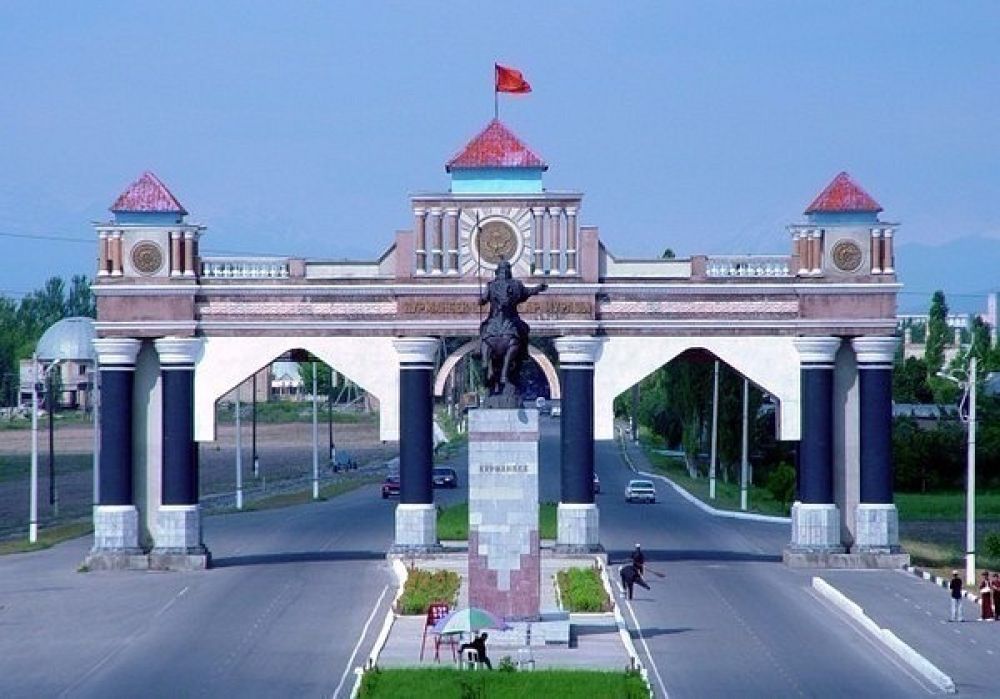

Tourism in Jalal-Abad, a city in the southwestern region of Kyrgyzstan, has roots that go back to the times of the Silk Road when travelers from far and wide traversed the country. However, modern tourism began to emerge in the Soviet era when Jalal-Abad became known for its sanatoria and mineral springs.
Throughout its early days, the region was frequented by merchants and pilgrims. It wasn't until the 20th century that Jalal-Abad became a notable destination for health tourism within the Soviet bloc due to its mild climate and natural healing resources. The Soviet government invested in the infrastructure, making it accessible for Soviet citizens to visit the sanatoria and enjoy the medicinal qualities of the local mineral waters.
After the dissolution of the Soviet Union, Kyrgyzstan, including Jalal-Abad, experienced a decline in tourism. However, in recent years, there has been a resurgence of interest as the Kyrgyz government and private stakeholders have recognized the potential of tourism for economic development.
Today, Jalal-Abad is part of what is known as the "Southern Silk Road," and efforts have been made to promote this area for its cultural and historical significance. It is increasingly becoming a hub for ecotourism due to its rich biodiversity and stunning natural landscapes, including the nearby Walnut-Fruit Forest, Sary-Chelek Nature Reserve, and the Arslanbob walnut forests.
Adventure tourism is also a growing trend, with travelers seeking out trekking, horseback riding, and mountain biking opportunities in the region's rugged terrain. Moreover, the development of community-based tourism initiatives has been vital, allowing visitors to experience the local Kyrgyz lifestyle and customs through homestays and cultural immersion programs.
Jalal-Abad's future in tourism looks promising, with the government and international organizations investing in sustainable tourism projects. Emphasis on preserving cultural heritage, improving infrastructure, and promoting the unique offerings of the region are key aspects of the strategic development plan. As such, Jalal-Abad is poised to become an even more significant destination on the Central Asian tourist map, maintaining a balance between welcoming the world and preserving the natural beauty and traditions that make it unique.
With a growing global interest in off-the-beaten-path destinations, Jalal-Abad's history of hospitality, wellness, and adventure tourism sets the stage for a rich and diverse travel experience that is yet to be fully discovered by the mass market.